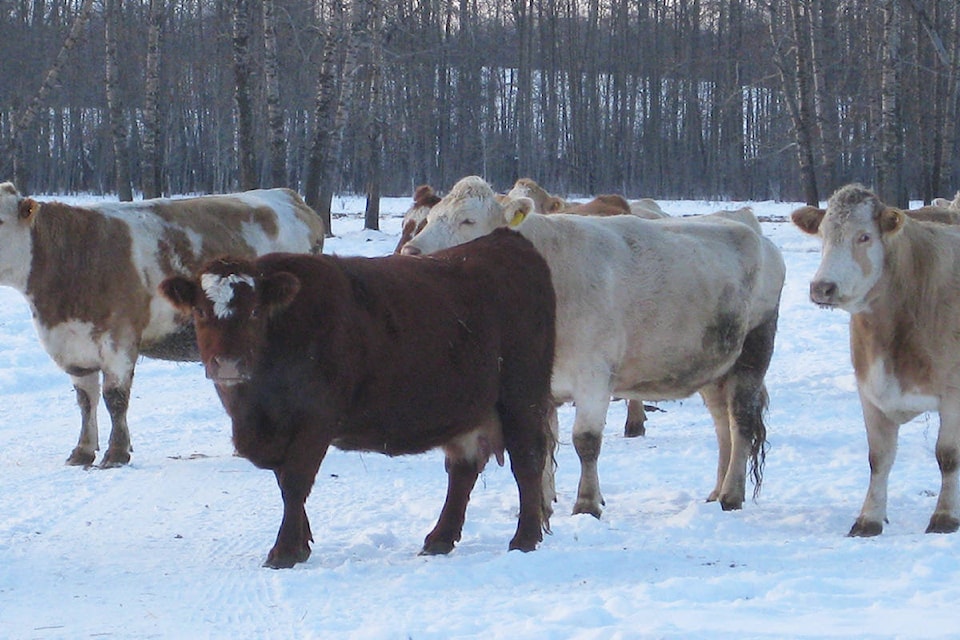With the extreme cold weather just over it’s still worth taking the time to consider best practices to protect pets.
For those with smaller animals especially, being outside in minus 30 degrees C weather for too long can cause them some harm, says Dr. Leighton Coma, veterinarian with Central Veterinary Clinic.
Coma says pets with shorter hair are more likely to feel the cold and if it’s not possible to have them inside, suggests having a proper outside shelter is the next step. Shelter insulation helps the animal stay warm but so does food and warm water.
“A little bit of extra food is helpful,” said Coma, pointing out that it takes more energy to stay warm.
With water, if it’s too cold, it actually cools the animal’s core temperature. Coma recommends heated bowls to help ensure an animal can stay warm.
Another area Coma advises monitoring is if pets have health conditions such as arthritis or diabetes. Those conditions can become exacerbated in extreme cold weather.
Stray cats are something to watch out for as they tend to curl up under car hoods as those engines are usually a source of warmth. Coma recommends making as much noise as possible when getting ready to start the car.
In extreme cases hypothermia can become an issue. “If your dog is whining or shivering or slowing down, that could be a sign of hypothermia.”
If so, Coma recommends taking the pet into the vet for a check up.
When it comes to larger animals and livestock, Dr. Clayton West of the Ponoka Veterinary Clinic advises more food and proper wind shelter.
That, and more feed. “The only way they can generate more heat is more feed.”
Knowing the right amount is important and for the most part, area residents are in tune with what their animals need. Grain for cattle and oats for horses are a big part of that equation.
And besides food, water is the next most important thing.
“They have to have access to water…if they don’t have access to water they have to eat snow,” said West.
He advises against the latter as it cools an animal’s core temperature and takes more snow to have the same amount of water.
For the geriatric companions, West suggests to monitor the animals a little closer. They may need a blanket or better feeds or even a carbohydrate supplement. “Feed them appropriately and keep them out of the wind,” said West.
“What I tell people is if you look outside and you think it’s too cold, then it’s too cold,” said West. “That’s on the small animal side of things.”
West says if unsure, it’s always better to ask your veterinarian.
For Martine Huyssoon, owner of Old MacDonald Kennels, she recommends pets being put in the house. With extreme cold temperatures paws and ears are the most sensitive and can get frostbitten.
She advises a common sense approach. When a pet owner is feeling the cold, so is the pet. A 10 minute walk in minus 30 degrees C is long enough for the animals, says Huyssoon.
